* (rerun)
_______________
Turntablist and artist Christian Marclay created an album — using a 4-track in New York City, March 1985 — composed of other records. All seems pretty normal, but the thing is, Recycled Records’ Record Without a Cover was sold without a jacket or cover, and it even came with the instructions “Do not store in a protective package.” Marclay’s concept was to let the natural ageing process make each individual record unique. Through scratches, and dust caught in the grooves, the record’s deterioration make it constantly evolve. If it could be described, think: a warped history of the universe.

_______________
German genius Peter Lardong came up with the idea to create records out of chocolate and, believe it or not, they can be played on a standard phonograph. He creates the records by pouring his time-tested recipe of melted chocolate into a silicon mold of his favorite vinyl. He places it in the refrigerator to set and voila. Each disc can be played up to 12 times before it’s too worn out, and that’s when you eat it.

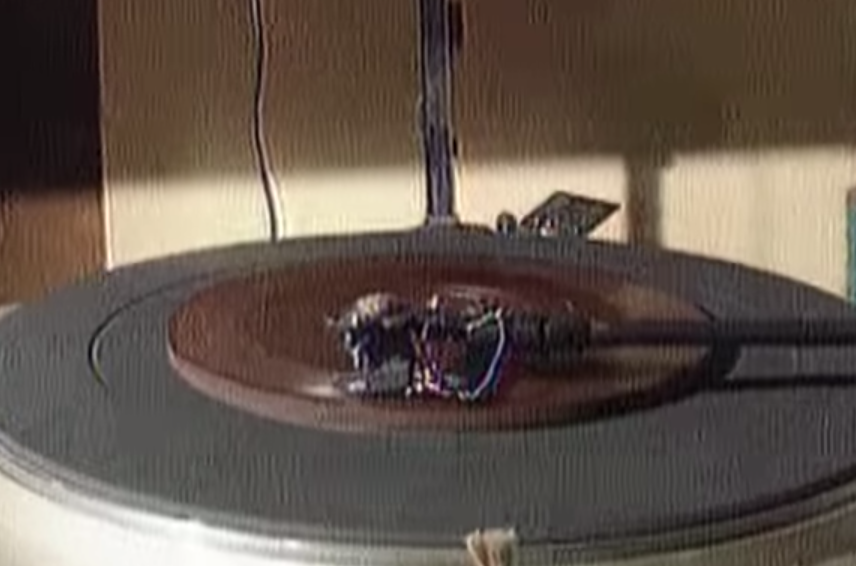
______________
Robot with record player brain
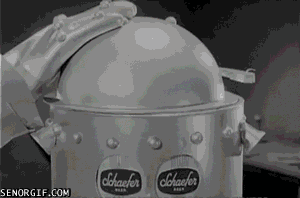
_____________
Buried in the midst of a load of LPs I recently bought was a clear virgin vinyl LP in a plain white jacket. The odd thing about it is there are grooves cut both sides with nothing on them. The dead wax on side one has inscribed NITTY GRITTY and BP 360 LP1 along with NW RTI 19724. Side two dead wax has 13875 and BP 000. Any ideas what this is and what it was for….we’d be interested to find out.
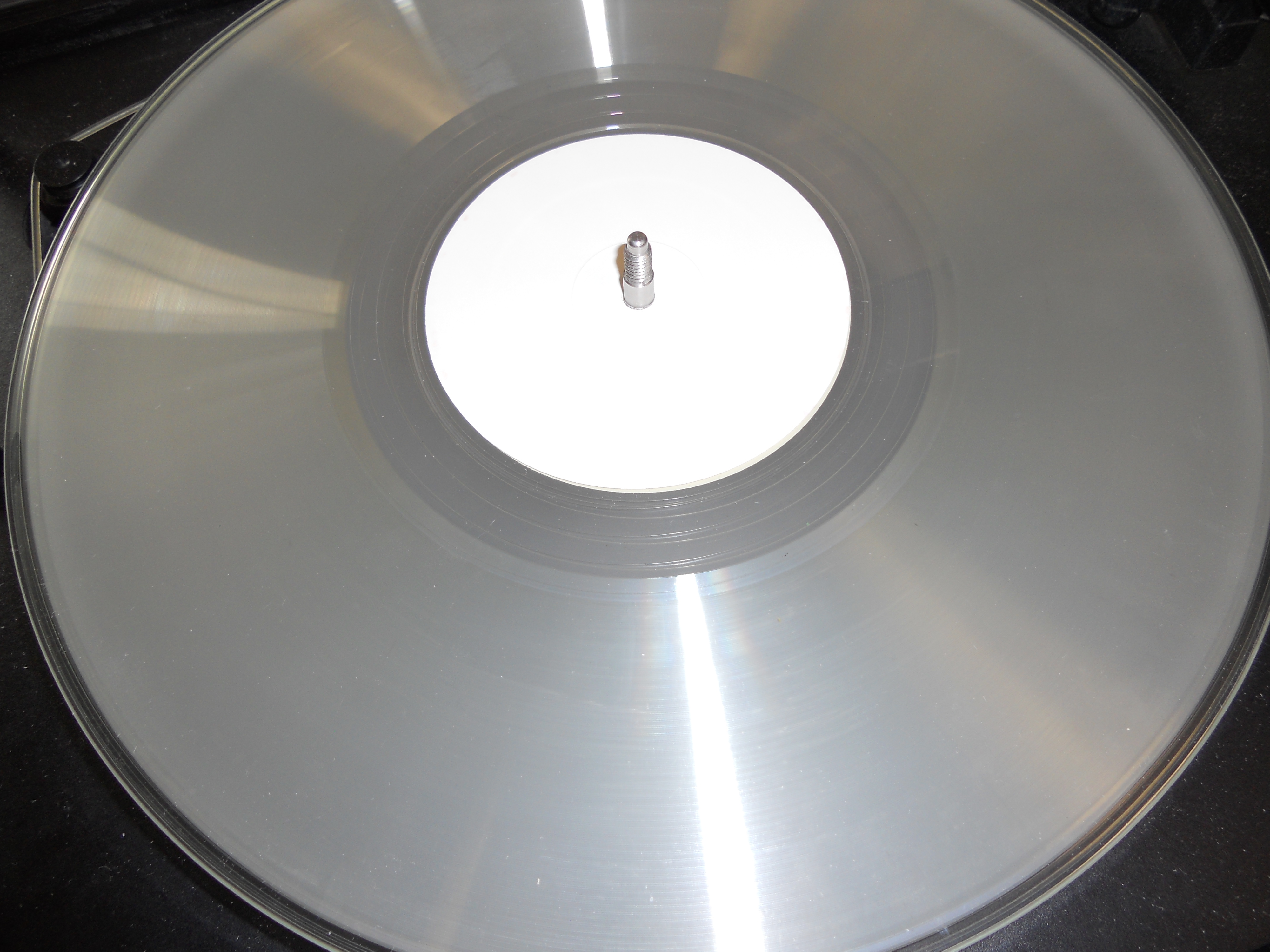
_______________
These are not a direct substitute for pressed records. These are 100% hand-made, in real time. If the record is 10 minutes long, it took 10 minutes to cut plus setup time. This labor, coupled with the maintenance and knowledge required makes these lathe-cuts more expensive (per piece) than a larger pressing of vinyl.
_______________
Jeroen Diepenmaat ‘Pour des dents d’un blanc éclatant et saines’ (2005), Record players, vinyl records, stuffed birds, sound. Dimensions variable.
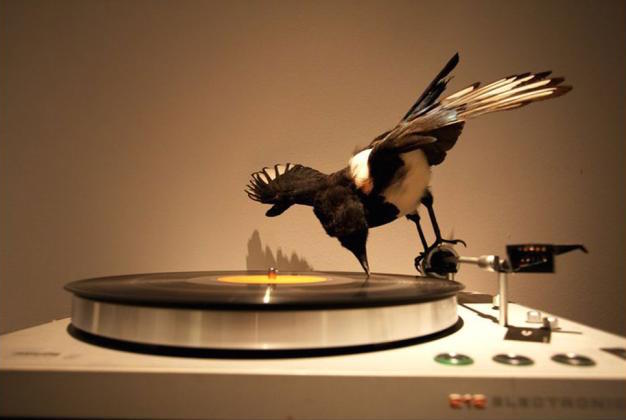
_______________
Music lovers can now be immortalised when they die by having their ashes baked into vinyl records to leave behind for loved ones. A UK company called And Vinyly is offering people the chance to press their ashes in a vinyl recording of their own voice, their favourite tunes or their last will and testament. Minimalist audiophiles might want to go for the simple option of having no tunes or voiceover, and simply pressing the ashes into the vinyl to result in pops and crackles.
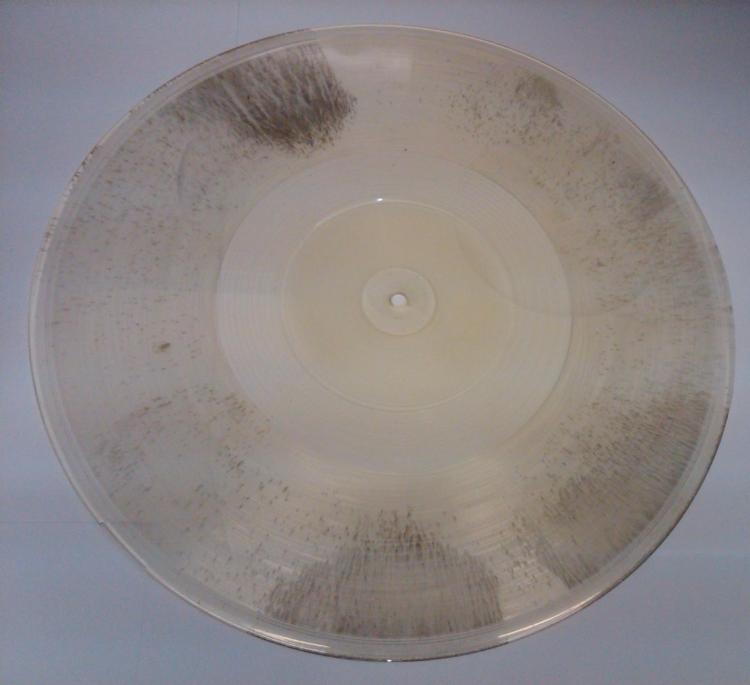
_____________
In 1967, the BBC created its own record label, designed to exploit the demand for commercially released TV tunes, comedy shows and, finding an unlikely niche in the market, sound effects, the best remembered being their three horror-related collections. Volume 1, Essential Death & Horror, appeared in 1977 and offers a dizzying collection of 91 different effects. Particular favourites of my own include an actually rather disturbing electronic workout, ‘Monsters Roaring’, and ‘neck twisted and broken’. Such was the success of Volume 1, a follow-up album arrived in 1978 – Volume 2: More Death and Horror. Rather more ragged than the first release, we are treated to even more inclement weather and death rattles – of particular note is ‘death by garrotting’. There was one final outing, the paltry twenty-five minutes of Volume 3: Even More Death and Horror. Easily the most startling record of the three, the methods of torture are truly imaginative; ‘self immolation’, ‘female falling from great height’ and ‘tongue pulled out’.


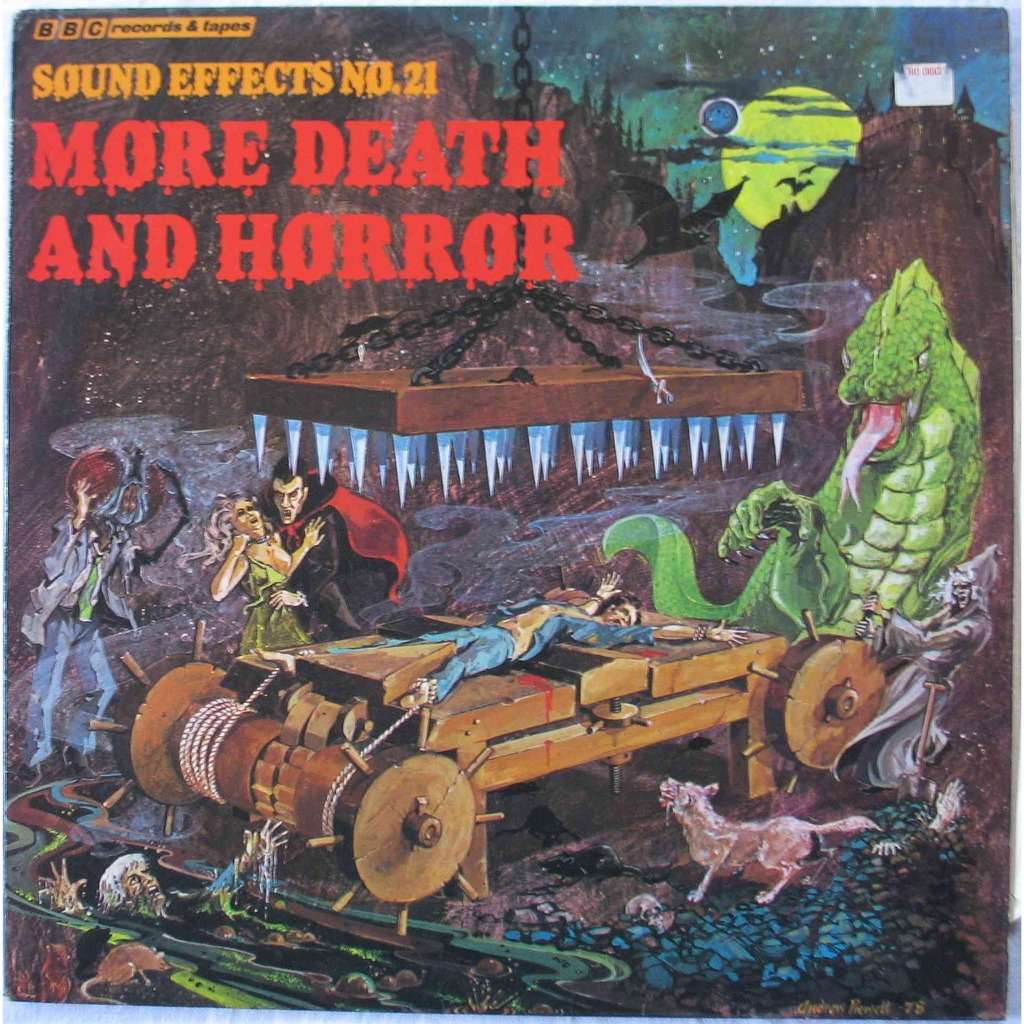
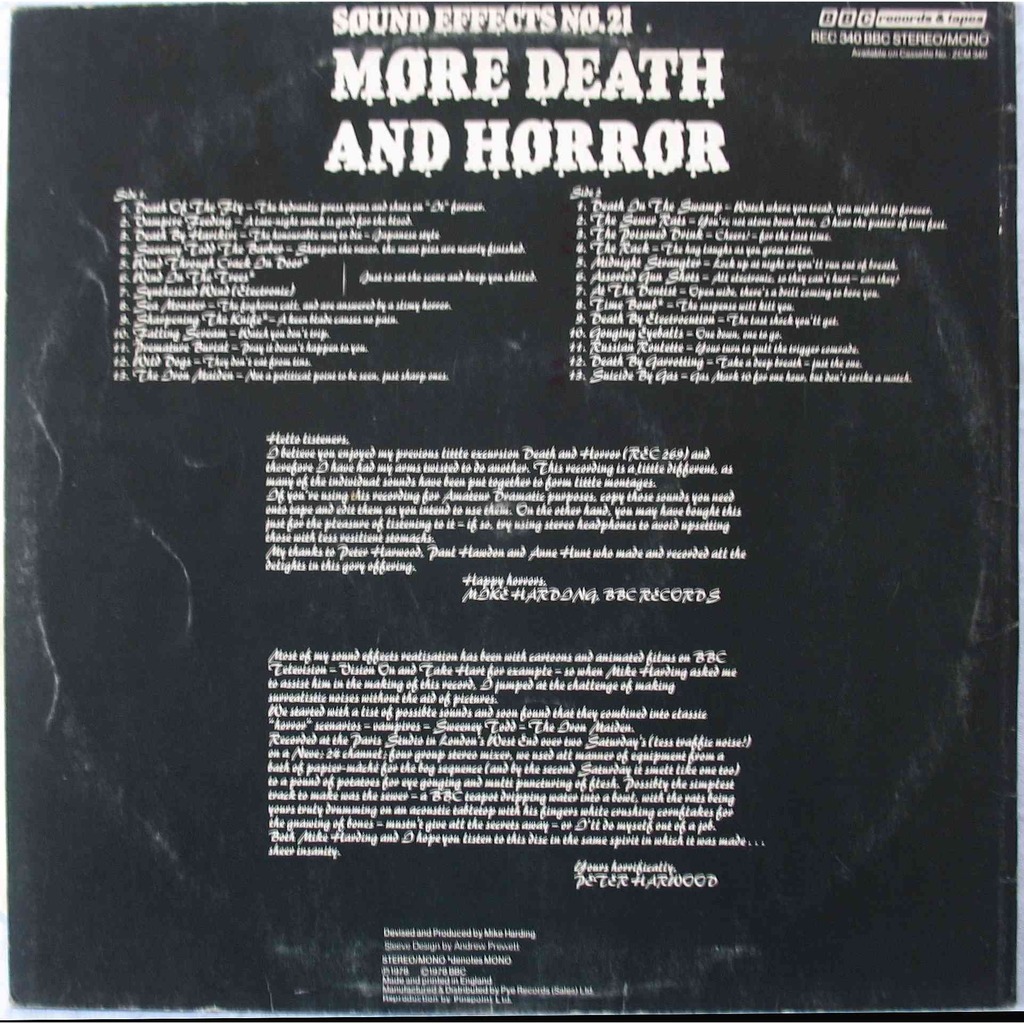

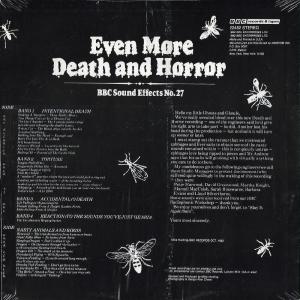
______________
Knowing how easy it is to scratch records or make them skip with the slightest bump, it might seem counter-intuitive to put a record player into a moving car. But the automobile record player, first introduced by Chrysler in 1956, contained a number of features that would keep the music going even when there were bumps in the road. Part of its downfall can be attributed to the fact that the Highway Hi-Fi required special records; you couldn’t simply pull a record off of the shelf and play it on your road trip. Rather, drivers had to purchase all of their music again in the new proprietary format. Since the machine was only available on new vehicles and not as an aftermarket accessory, there wasn’t a huge commercial demand for it. Moreover, the devices had the nasty habit of breaking often and Chrysler wasn’t thrilled with the cost of fixing all of those under-warranty units. By 1957, just one year after their initial introduction, Chrysler withdrew support for the ill-fated gadgets.

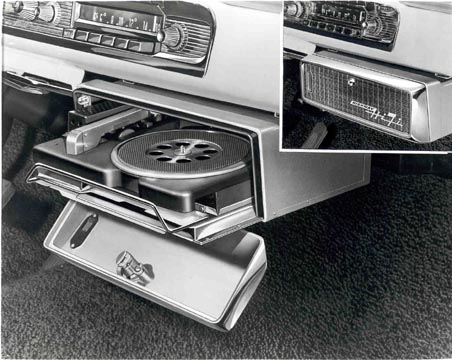
_____________
Glass disc recordings, produced photographically in the 1880’s by Volta Laboratory Associates – Alexander Bell, his cousin Chichester Bell and Charles Sumner Tainter. Smithsonian officials unsealed them in the presence of Bell’s daughters and a grandson in 1937.
_____________
Chris Supranowitz has made some images of a record’s grooves using an electron scanning microscope. For the vinyl record sample, he simply cut a small section of a record and attached it to a sample stub via carbon tape. He then sputter coated approximately 90 Angstroms of gold onto the grooves. Since the sample was relatively thick (2-3 mm) carbon tape was applied along the side to ensure good conductivity. It’s finally clear what the grooves actually look like!
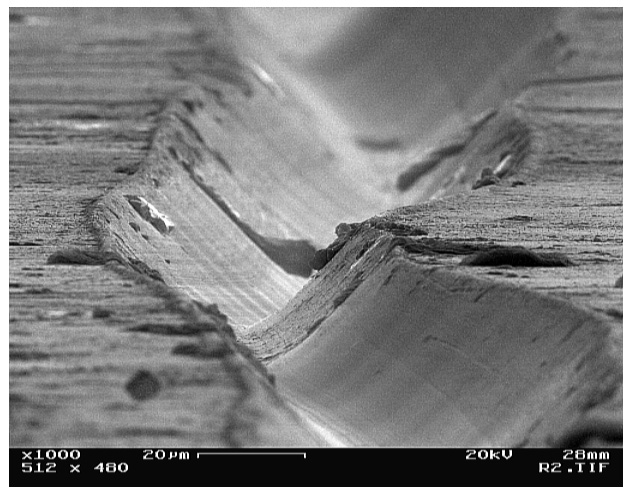



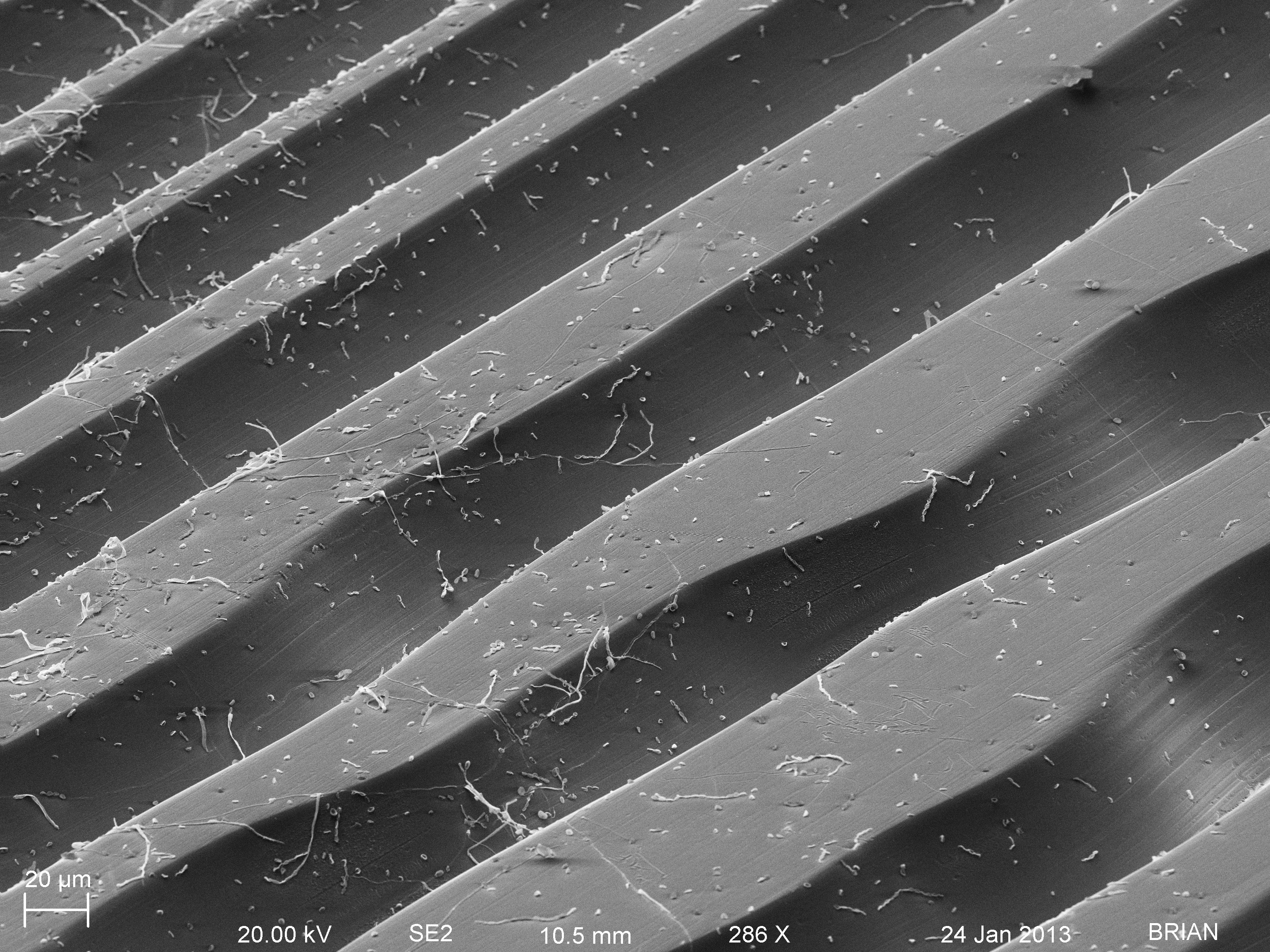
_______________
Jacques Tati with record player
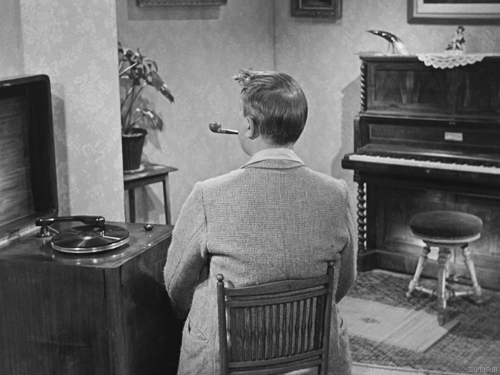
_______________
In 1973, the Kingdom of Bhutan issued several unusual postage stamps that are playable miniature phonograph records. These thin plastic single-sided adhesive-backed 331⁄3 RPM discs feature folk music and tourism information. Not very practical for actual postal use and rarely seen canceled, they were designed as revenue-generating novelties and were initially scorned as such by most stamp collectors. They are now fairly scarce and valuable and are sought after by both stamp and novelty record collectors. Their small diameters (approximately 7 and 10 cm or 2.75 and 4 inches) make them unplayable on turntables with automatic return tonearms.
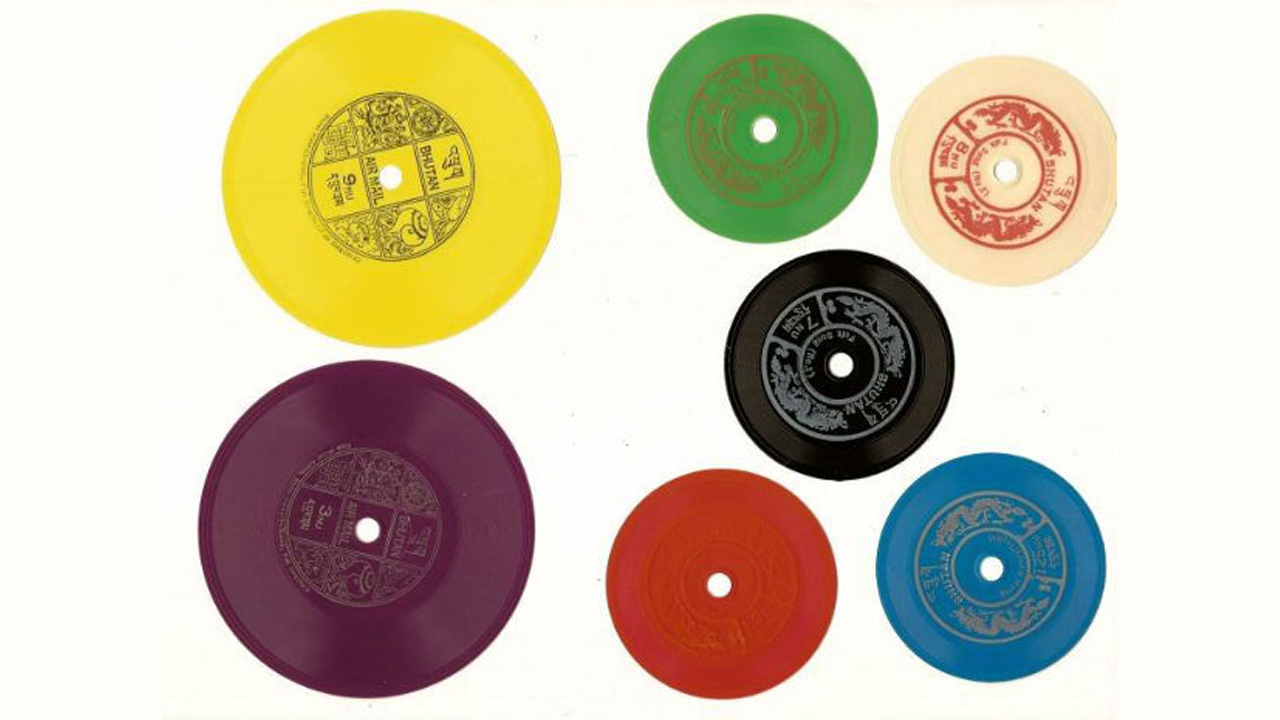
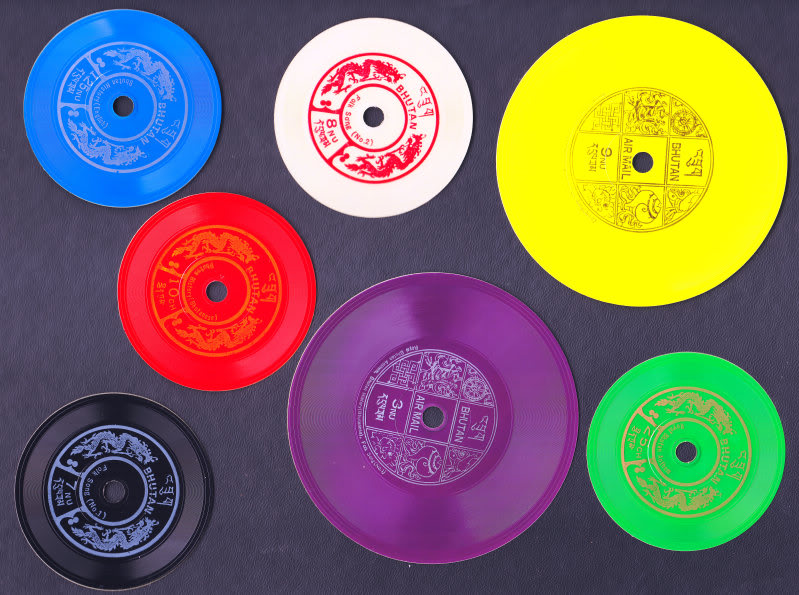
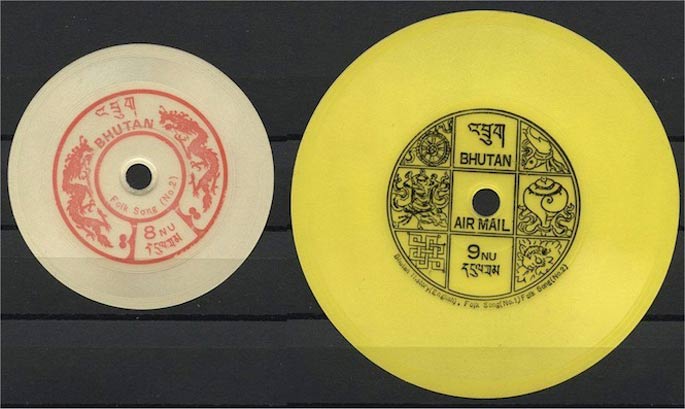
________________
Nam June Paik ‘Listening to Music Through the Mouth’ (1962)
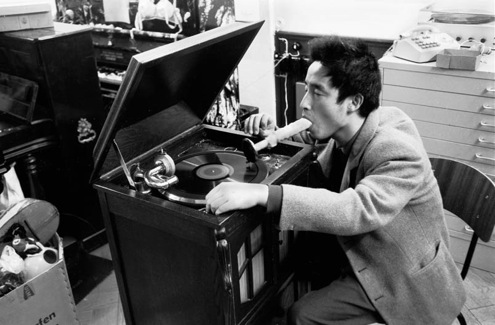
______________
NON’s Pagan Muzak (Gray Beat, 1978) is a one-sided 7-inch with 17 locked grooves and two center holes, meaning each locked groove can be played at two different trajectories as well as any number of speeds. The original release came with instructions for the listener to drill more holes in the record as they saw appropriate.
_______________
The Hi-Fi murders were the killings of three people during an armed robbery at a home audio and record store called the Hi-Fi Shop in Ogden, Utah. On April 22, 1974, three enlisted United States Air Force airmen, named Dale Pierre Selby, William Andrews, and Keith Roberts drove in two vans to a Hi-Fi store on Washington Boulevard, Ogden, just before closing time. They entered the shop brandishing handguns. Two employees, Stanley Walker, age 20, and Michelle Ansley, age 18, were in the store at the time and were taken hostage. Pierre and Andrews took the two into the store’s basement and bound them. Later, a 16-year-old boy named Cortney Naisbitt arrived to thank Walker for allowing him to park his car in the store’s parking lot as he ran an errand next door; he was also taken hostage and tied up in the basement with Walker and Ansley. Later that evening, Orren Walker, Stanley’s 43-year-old father, became worried that his son had not returned home. Cortney Naisbitt’s mother, Carol Naisbitt, also arrived at the shop later that evening looking for her son, who was late getting home. Both Orren Walker and Carol Naisbitt were taken hostage and tied up in the basement. With five people now held hostage in the basement, Pierre told Andrews to get something from their van. Andrews returned with a bottle in a brown paper bag, from which Pierre poured a cup of blue liquid. Pierre ordered Orren to administer the liquid to the other hostages, but he refused, and was bound, gagged, and left face-down on the basement floor. Pierre and Andrews then propped each of the victims into sitting positions and forced them to drink the liquid, telling them it was vodka laced with sleeping pills. Rather, it was liquid Drano. The moment it touched the hostages’ lips, enormous blisters rose, and it began to burn their tongues and throats and peel away the flesh around their mouths. Ansley, still begging for her life, was forced to drink the drain cleaner too, although she was reported (by Orren Walker) to have coughed less than the other victims. Pierre and Andrews tried to duct-tape the hostages’ mouths shut to hold quantities of drain cleaner in and to silence their screams, but pus oozing from the blisters prevented the adhesive from sticking. Orren Walker was the last to be given the drain cleaner, but seeing what was happening to the other hostages, he allowed it to pour out of his mouth and then mimicked the convulsions and screams of his son and fellow hostages. Pierre became angry because the deaths were taking too long and were too loud and messy, so he shot both Carol and Cortney Naisbitt in the backs of their heads, proving fatal for Carol but leaving Cortney alive. Pierre then shot at Orren Walker but missed. He then fatally shot Stanley before again shooting at Orren, this time grazing the back of his head. Pierre then took Ansley to the far corner of the basement, forced her at gunpoint to remove her clothes, then repeatedly and brutally raped her after telling Andrews to clear out for 30 minutes. When he was done, he allowed her to use the bathroom while he watched, then dragged her, still naked, back to the other hostages, threw her on her face, and fatally shot her in the back of the head. Andrews and Pierre noted that Orren was still alive, so Pierre mounted him, wrapped a wire around his throat, and tried to strangle him. When this failed, Pierre and Andrews inserted a ballpoint pen into Orren’s ear, and Pierre stomped it until it punctured his eardrum, broke, and exited the side of his throat.
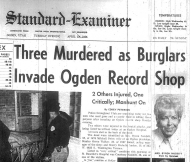

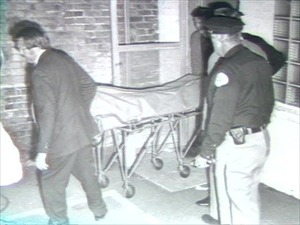
________________
Gregor Hildebrandt’s ‘Kassettenschallplatte (Cassette Record)’ (2008) is a sculptural work composed of hundreds of feet of wrapped cassette tape, a fetish object for which one medium has been rendered useless to embody the equally nonfunctioning image of another.
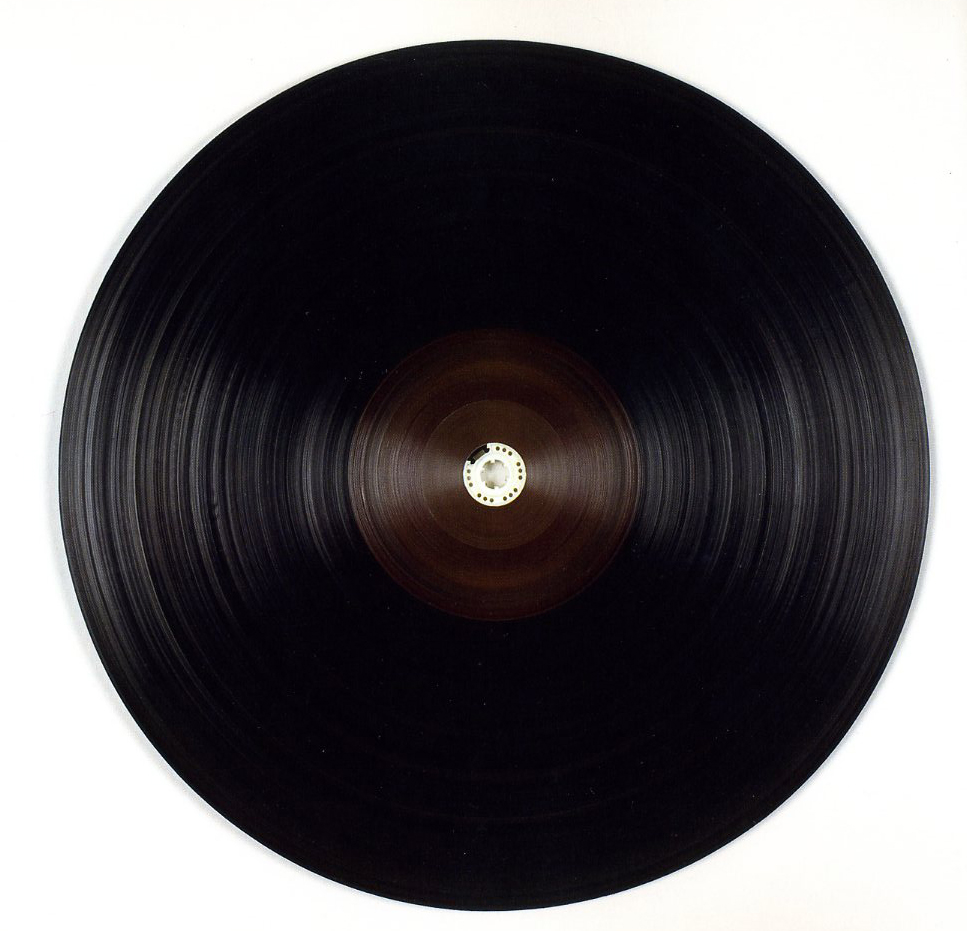
___________
Record player ring
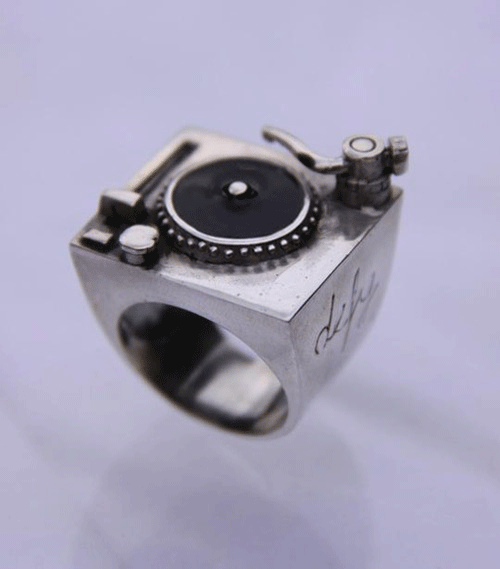
_______________
In the late 1920s and early 1930s the Vitaphone sound system used large 33 1/3 rpm records to provide the soundtrack for motion pictures. The record rotated in the usual clockwise direction but the groove was cut and played starting at the inside of the recorded area and proceeding outward. This inside start was dictated by the unusually long playing time of the records and the rapid wearing down of the single-use disposable metal needles which were standard for playing lateral-cut shellac records at that time. The signal degradation caused by a worn needle point was most audible when playing the innermost turns of the groove, where the undulations were most closely packed and tortuous, but fairly negligible when playing the outermost turns where they were much more widely spaced and easily traced. With an inside start the needle point was freshest where it mattered most. Almost all analog disc records were recorded at a constant angular speed, resulting in a decreasing linear speed toward the disc’s center. The result was a maximum level of signal distortion due to low groove velocity nearest the center of the disc, called “end-groove distortion”. Loud musical passages were most audibly affected. Since some music, especially classical music, tends to start quietly and mount to a loud climax, such distortion could be minimized if the disc was recorded to play beginning at the inner end of the groove. A few such records were issued, but the domination of automatic record changers, and the fact that symphony movements, for example, varied greatly in length and could be difficult to arrange appropriately on 20-minute disc sides, made them no more than curiosities.
_______________
For their single “Blue Ice”, Swedish indie group Shout Out Louds came up with the idea of making a functional record on ice. 10 press kits consisting of silicon mold, a bottle of distilled water, and complete instructions were sent to select media and fans. Of course the record would only last in one play, and your needle is most likely to be ruined after, but the less-than-perfect crackling sounds have their own lo-fi DIY charms.
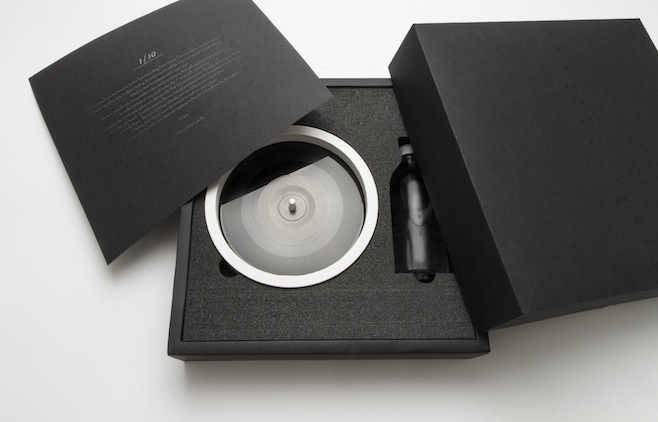
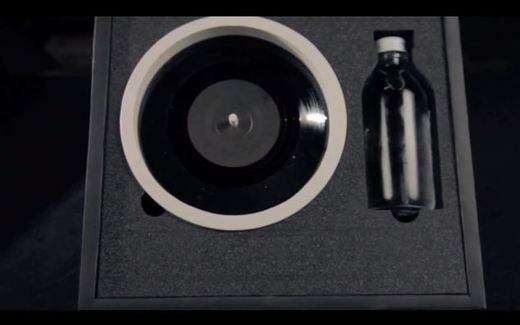
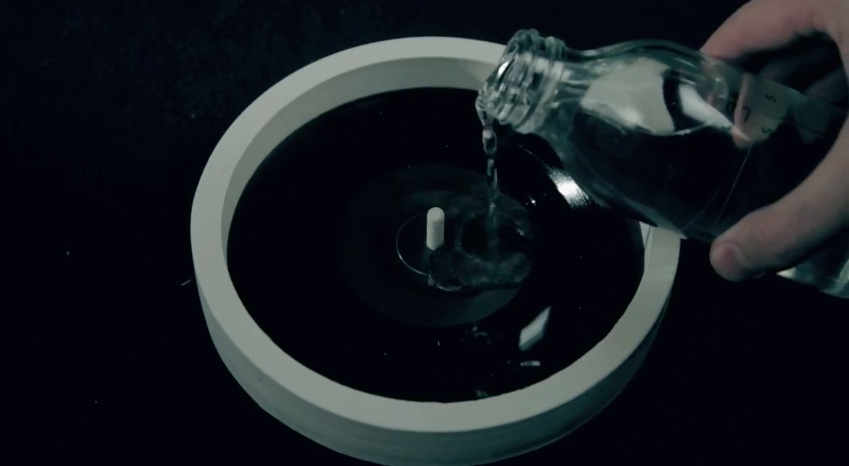
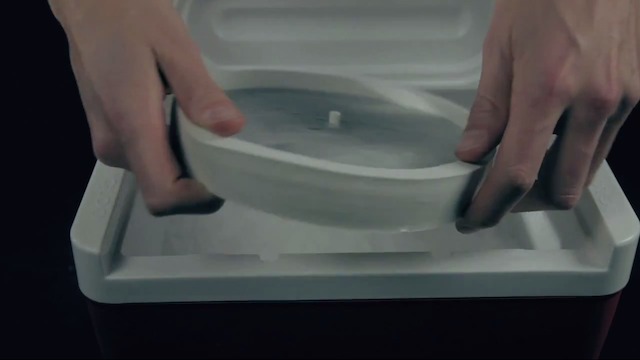
_______________
Performance artist and experimental musician Laurie Anderson invented the Viophonograph in 1976. Its violin body turns a custom 7-inch vinyl record which is played by a needle mounted to a bow, all fed into an amplifier.
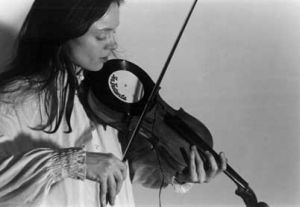
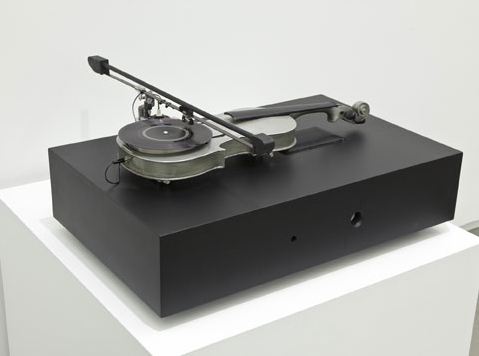
_______________
Artist Pieterjan Grandry has broken a major barrier between the unreality of the Internet and the rest of the real world. Grandry has successfully taken animated GIFs and made them analog. His device, based on a pre-film form of entertainment called a phenakistoscope, uses frames from a GIF printed onto transparent material as individual frames and placed on a wheel. Once spun and illuminated, the images form a single moving picture — in this case, a head bobbing cat.
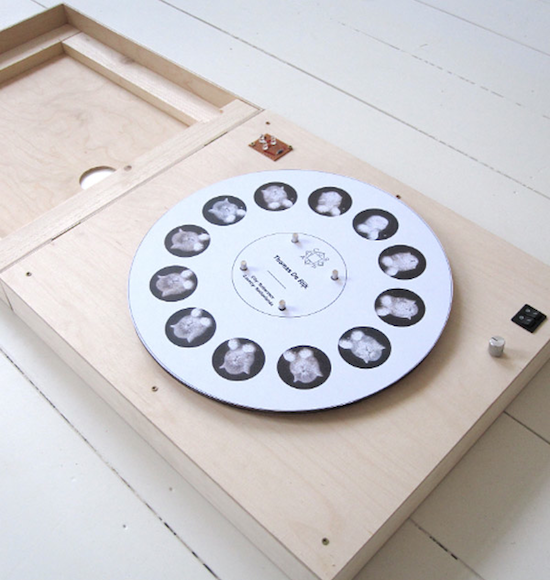
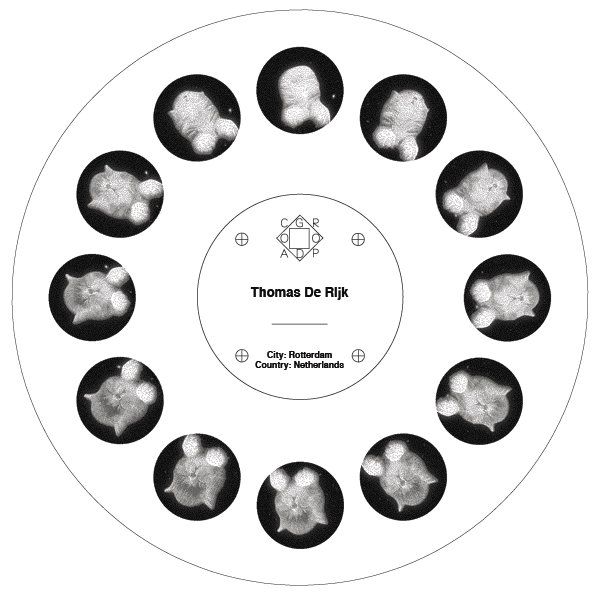
______________
A record album is stuck in record 3 of the 5 record changer in my Sharp Audio Disc A4 Player. How do I get it out? Record changer not responding. Disassembly may be required to get access to the stuck record and remove it.
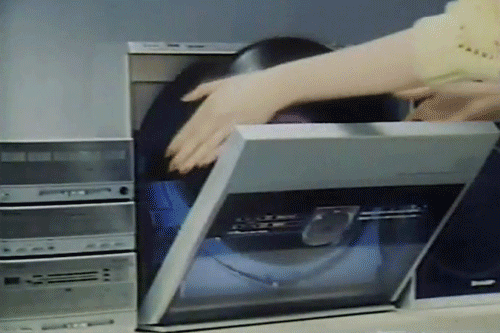
_______________
In the 1946-1961 era, some ingenious Russians began recording banned bootlegged jazz, boogie woogie and rock ‘n’ roll on exposed X-ray film. The thick radiographs would be cut into discs of 23 to 25 centimeters in diameter; sometimes the records weren’t circular. But the exact shape didn’t matter so much, as long as the thing played. “Usually it was the Western music they wanted to copy,” says Sergei Khrushchev, the son of Nikita Khrushchev. “Before the tape recorders they used the X-ray film of bones and recorded music on the bones, bone music.” As author Anya von Bremzen elaborates: “They would cut the X-ray into a crude circle with manicure scissors and use a cigarette to burn a hole. … You’d have Elvis on the lungs, Duke Ellington on Aunt Masha’s brain scan—forbidden Western music captured on the interiors of Soviet citizens.”


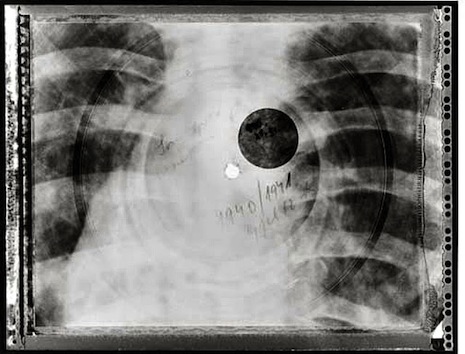
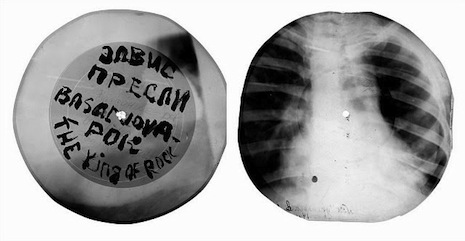
________________
Ottawa band, Hilotrons are releasing nuggets of their music on plastic records that only work for an all-but forgotten children’s toy. The Fisher Price record player is actually a simple wind-up music box, and each indestructible little plastic record is a spool that triggers different notes. What you get is the creepy, tinkling tones featured in the video below.
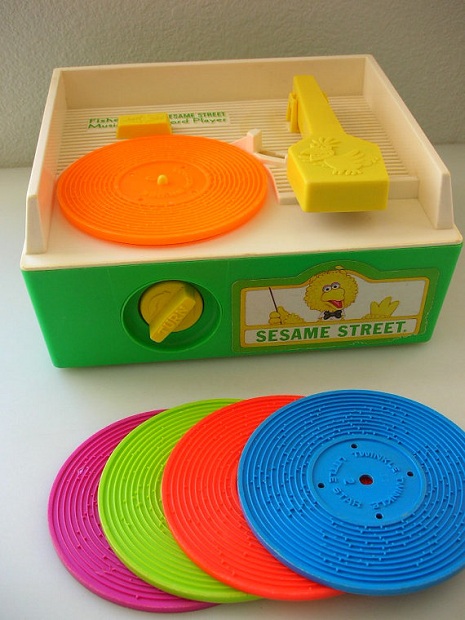
_______________
Jasper Johns’ ‘Scott Fagan Record’ (1970) is a lithograph of Scott Fagan’s ‘South Atlantic Blues’ record, released in 1968. Fagan is the father of The Magnetic Fields singer and songwriter, Stephin Merritt. Although they had not met, John’s ‘Scott Fagan Record’ was instrumental in reuniting Merrit with his estranged father. Writer Mark Swartz had posted an image of John’s lithograph on his Tumblr, which Fagan found while searching for himself on Google. He contacted Swartz, and a relationship eventually created an opportunity for Merrit and Fagan to reunite, along with Merrit’s mother, Alix. Fagan and Swartz created a Kickstarter to fund a tribute album of a man interpreting his son’s (Merrit’s) songs, to which Jasper Johns contributed. The sentimental nature of the work is also present in the imagery, recalling Johns’ early “Target” paintings.
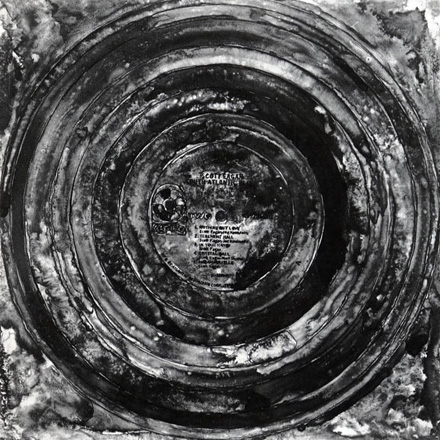
_______________
Evan Holm: There will be a time when all tracings of human culture will dissolve back into the soil under the slow crush of the unfolding universe. The pool, black and depthless, represents loss, represents mystery and represents the collective subconscious of the human race. By placing these records underneath the dark and obscure surface of the pool, I am enacting a small moment of remorse towards this loss. In the end however this is an optimistic sculpture, for just after that moment of submergence; tone, melody and ultimately song is pulled back out of the pool, past the veil of the subconscious, out from under the crush of time, and back into a living and breathing realm. When I perform with this sculpture, I am honoring and celebrating all the musicians, all the artists that have helped to build our human culture.
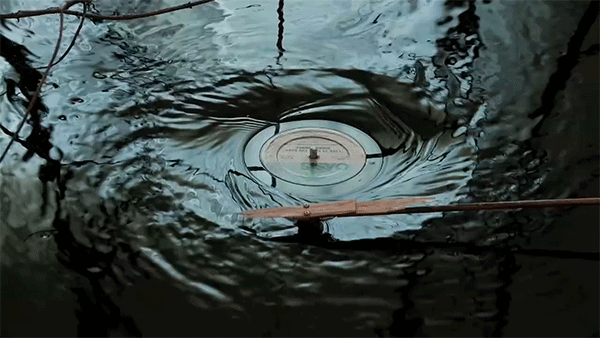
_________________
Imagine a turntable but instead of a needle, you have a pizza sauce spout, and instead of a record, you have pizza crust spinning so the red sauce can cover every inch. Imagine no more. That’s how pizzas get made at Costco. Workers put the dough on the turntable and the pizzas gets expertly covered in a controlled flow of sauce from the machines.
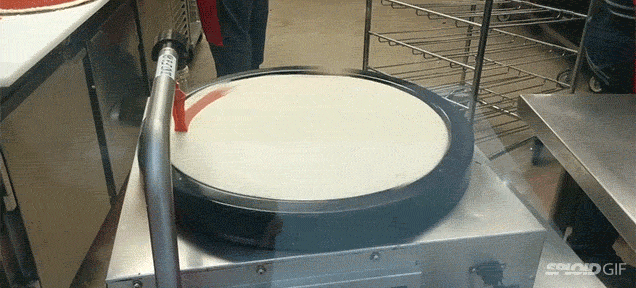
_______________
WOW is a vinyl record containing a single ultra-low frequency which will alter slightly depending on the mechanical components of your record player. Use more than one system to play several records simultaneously and the air around you will start pulsating. Play 33 ⅓ Hz on 33 ⅓ rpm or 45 Hz on 45 rpm. Feel free to use the pitch wheel or even touch the record to control the sub-sonic wave field. Your choice of record players, the number of records and the character of your room create your individual listening experience.
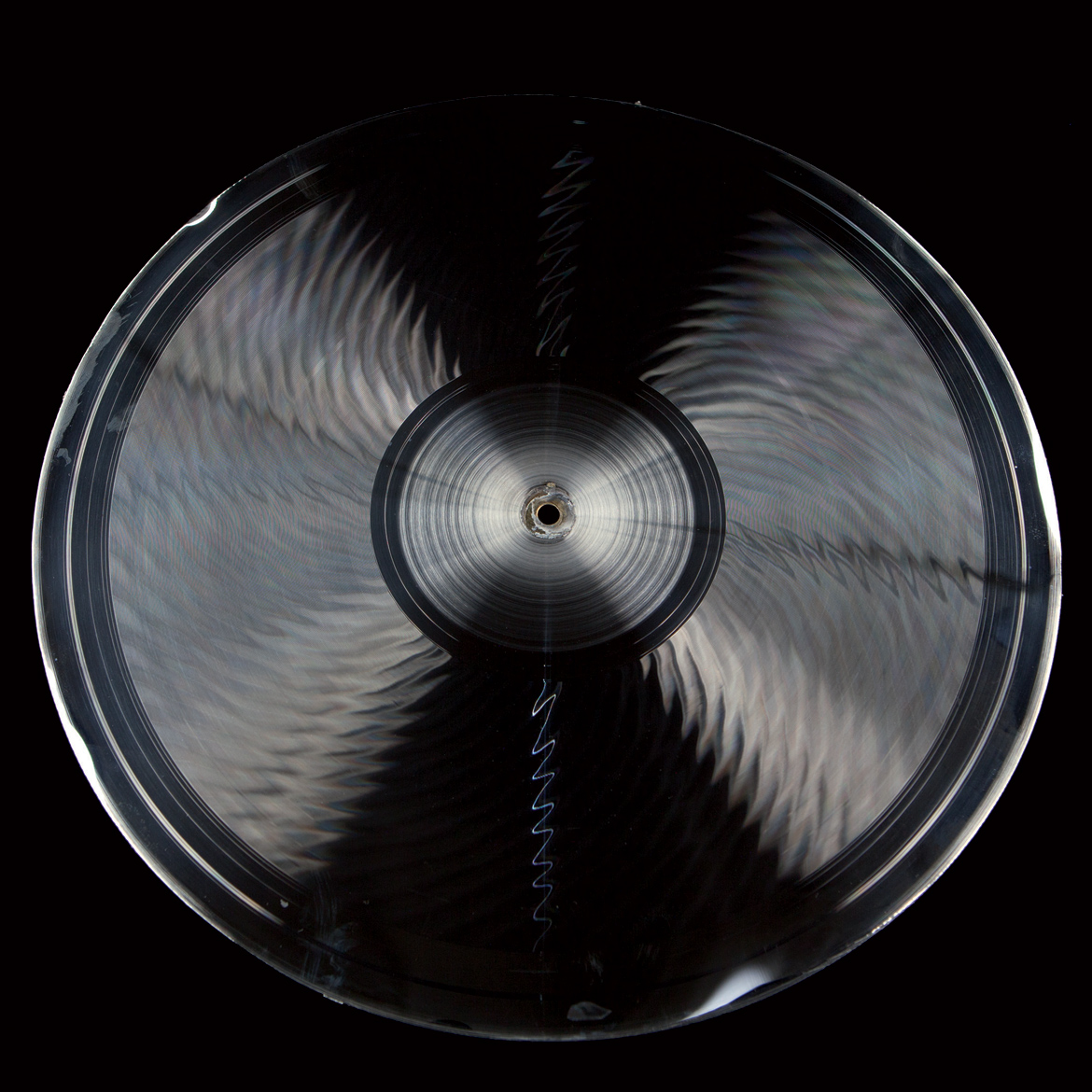
_______________
In over fifty new paintings depicting the circular labels of assorted vinyl albums and singles, Dave Muller draws upon his endless fascination and encyclopedic knowledge of music and its capacity to shape both individual and cultural identities. He culls resonant records from the ‘20s through the ‘90s, some familiar and others forgotten, tapping into shared poetic moments and a collective dialogue.

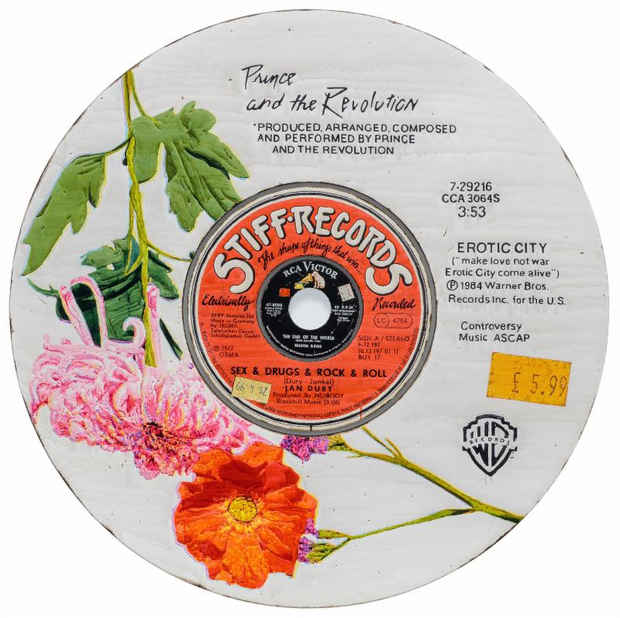
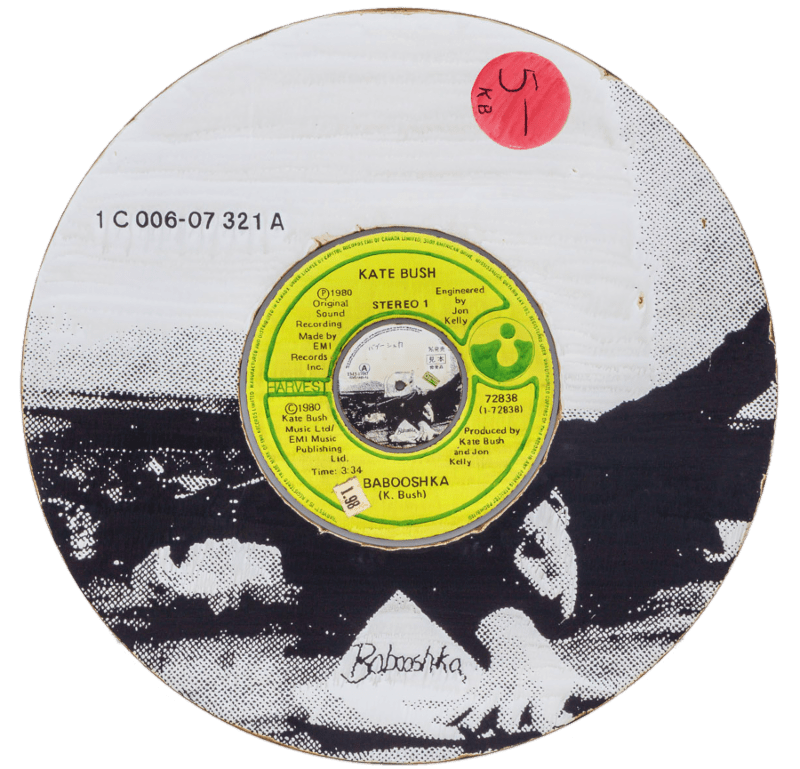
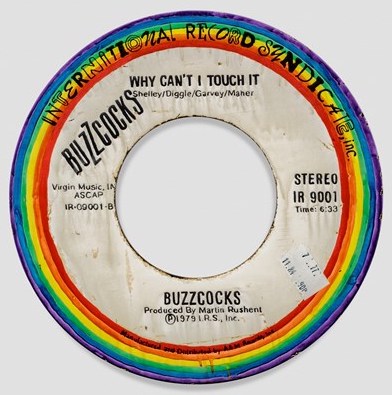
______________
A record player sits on the floor, shown from above. Slightly off-centre in the corner of a room, it lies surrounded by cables and a power strip. Through a transparent lid, the white label of a black vinyl disc catches the eye. This painting by German artist Gerhard Richter depicts the record player of Andreas Baader, member of the German terrorist group Red Army Faction (RAF), inside Baader’s cell at Stuttgart-Stammheim prison, and was painted after a police photograph.

_______________
Many might say it is impossible for a tortoise to survive three decades living in a record player inside a filthy storage room. Those people would also be wrong. One fateful day 30 years ago, a pleasant Brazilian family lost their tortoise named Manuela. Manuela apparently got trapped in the storage room where the man of the house, Leonel Almedia, stored a variety of worthless junk, including electronic devices. Inside a record player is where Manuela the tortoise would call home for 30 years.
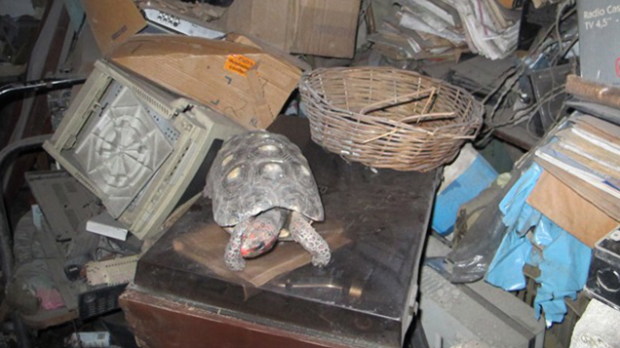
___________
22 picture discs
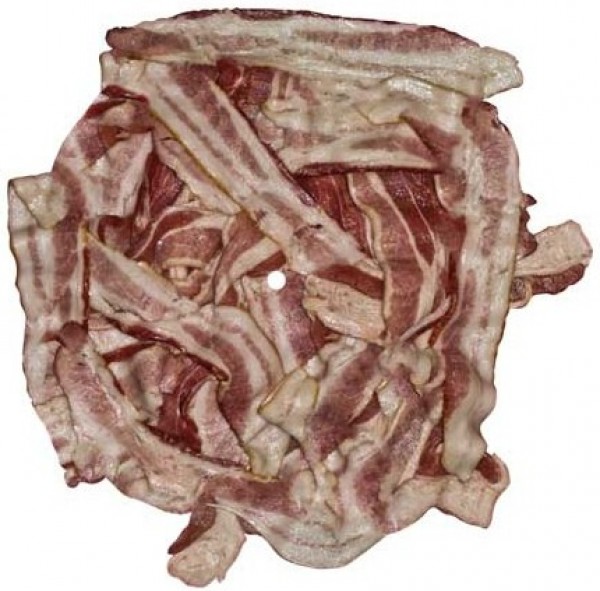
Anti-Flag ‘Bacon’
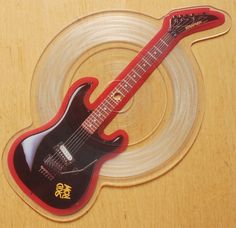
Skid Row ‘Youth Gone Wild’
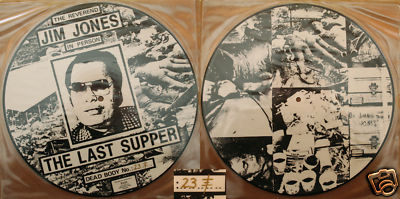
Rev Jim Jones ‘Thee Last Supper’ WSNS 1984-PSYCHIC TV/TG

Metallica Interview LP
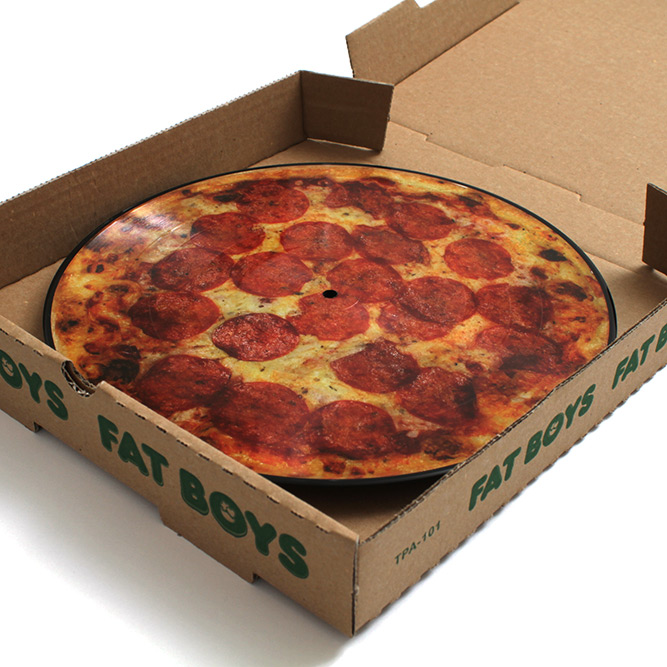
Fat Boys ‘Pizza Box Set’
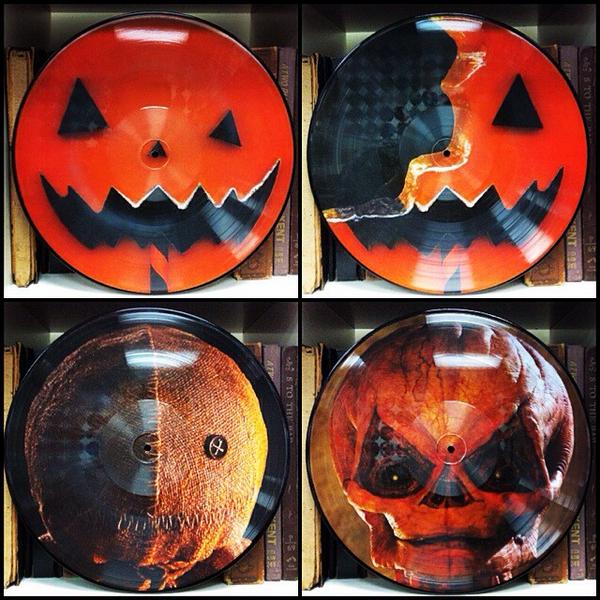
Trick ‘r Treat Soundtrack Album
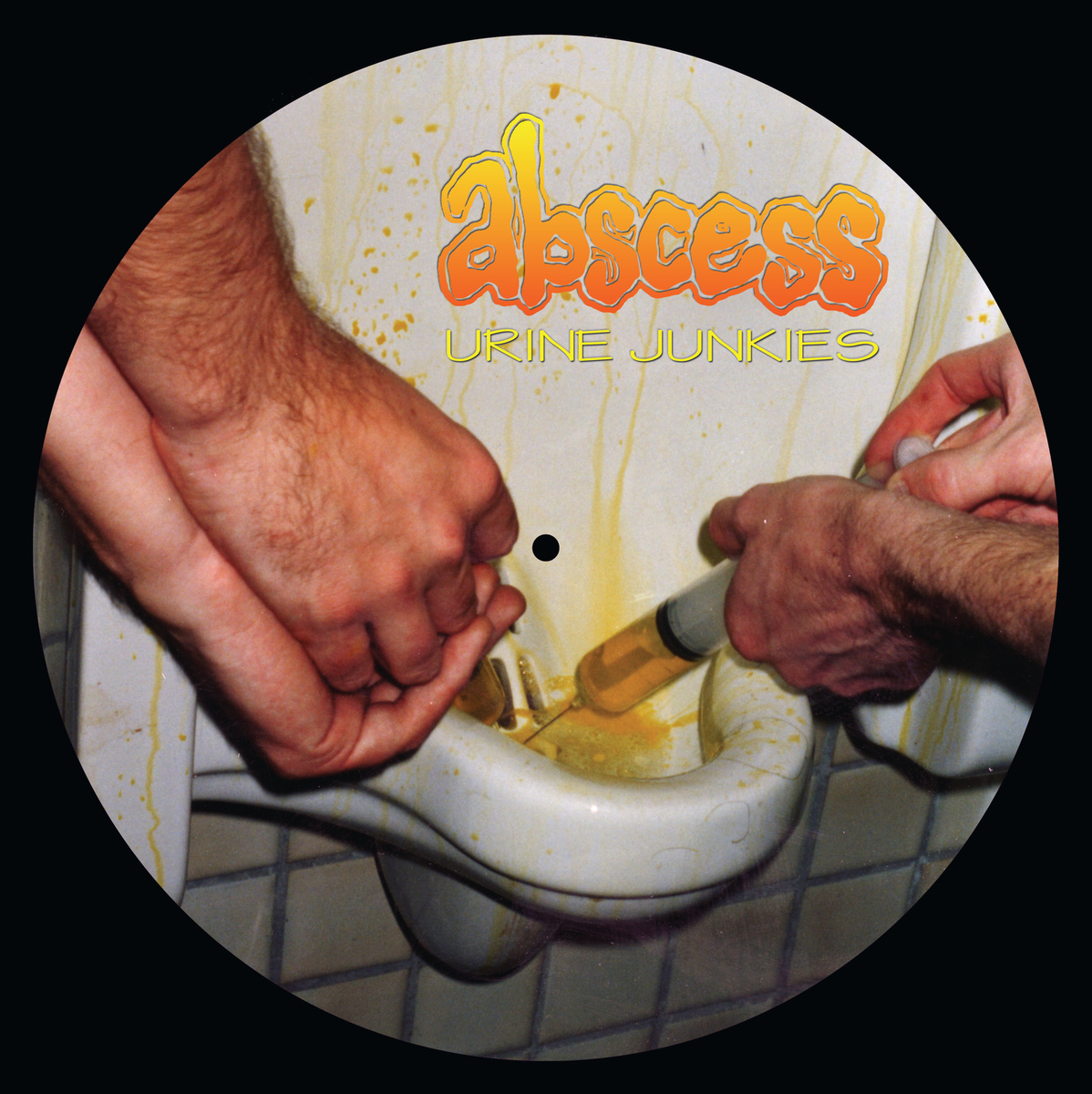
Urine Junkies ‘Abscess’
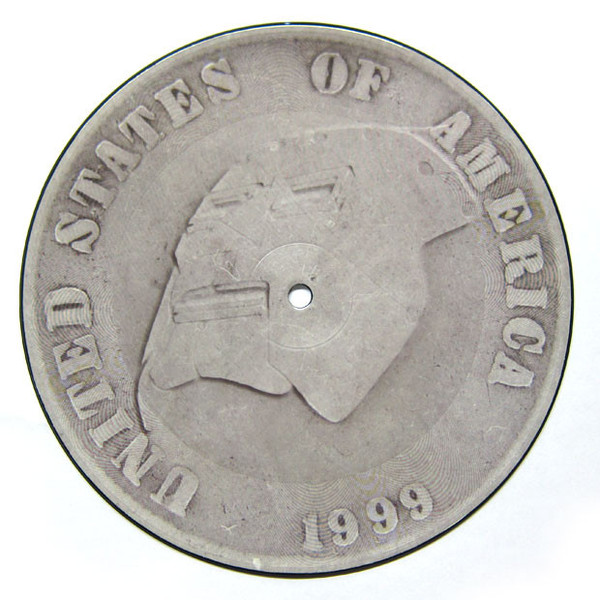
MF Doom ‘Rhymes Like Dimes’

J Dilla ‘Fuck the Police’

Sebadoh ‘Limelight’, ltd. ed. released to ‘honor’ Rush’s 40th anniversary
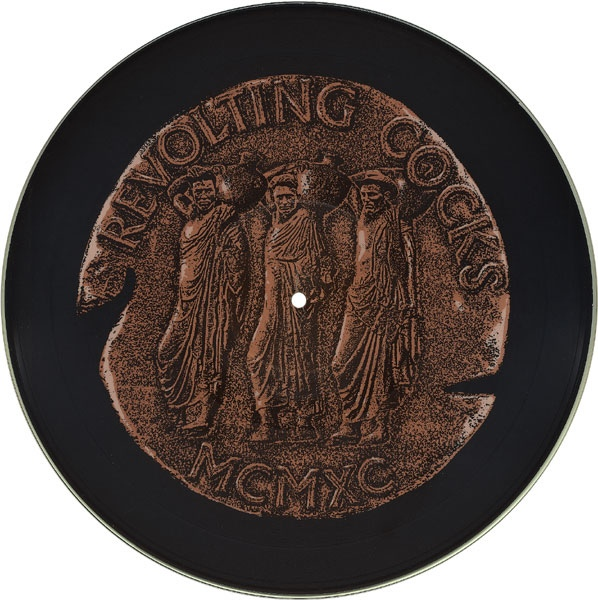
Revolting Cocks ‘Beers, Steers & Queers’
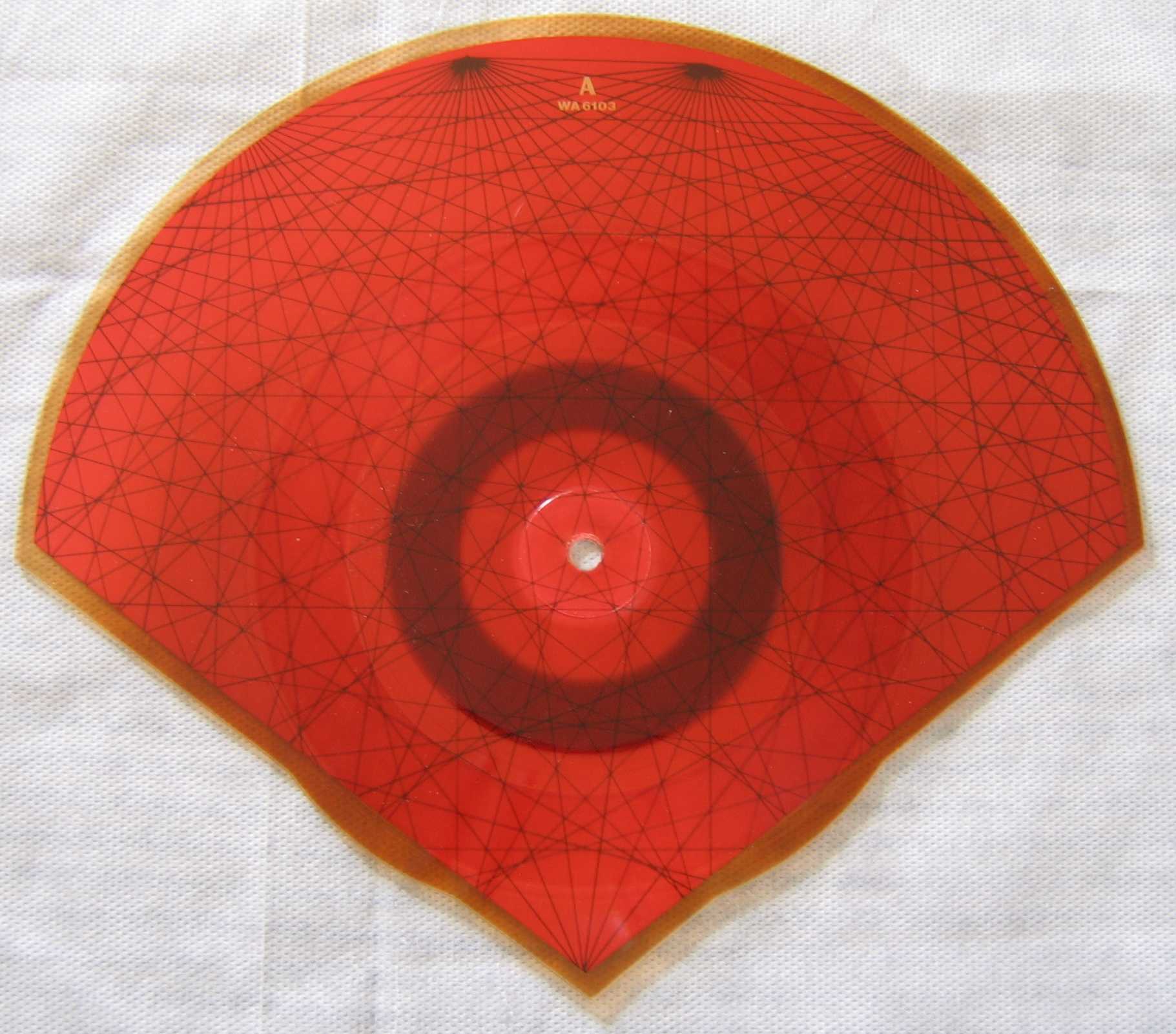
Uriah Heep ‘Backstage Girl’
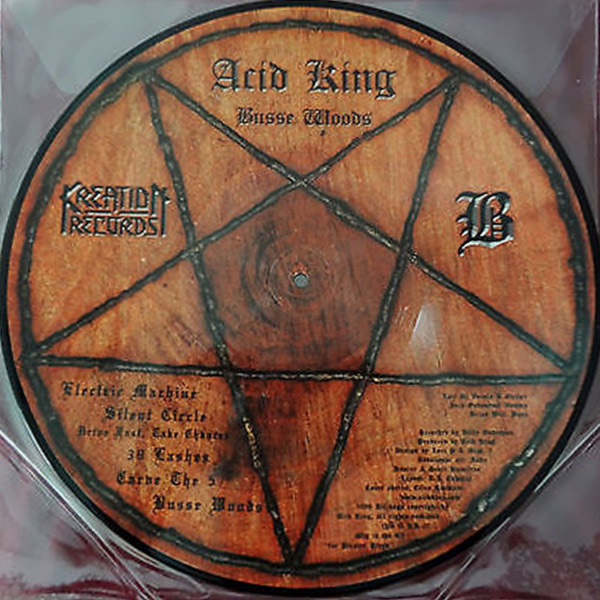
Acid King ‘Busse Woods’
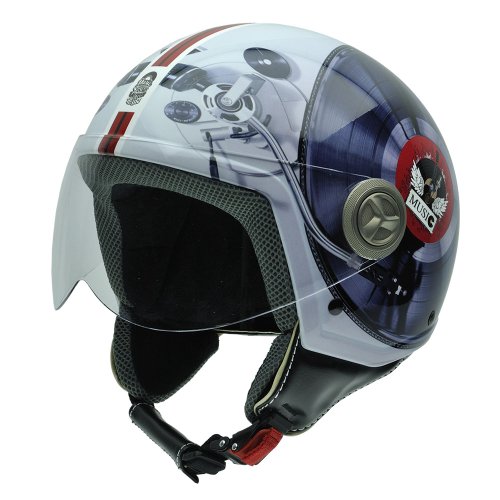
NZI 490004G605
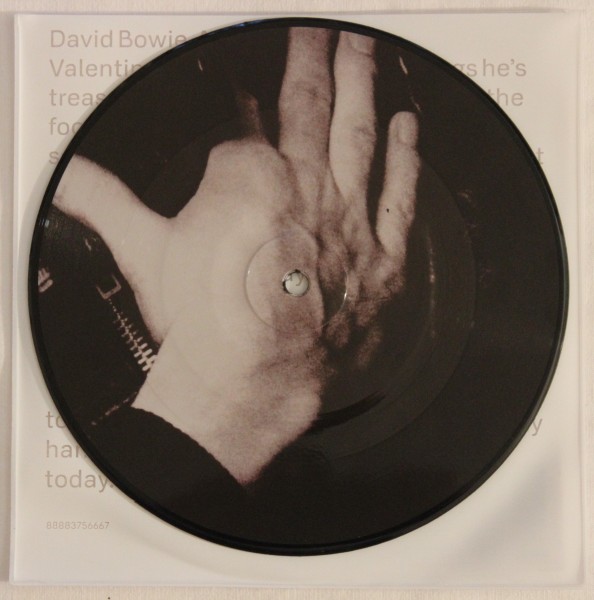
David Bowie ‘Valentines Day’
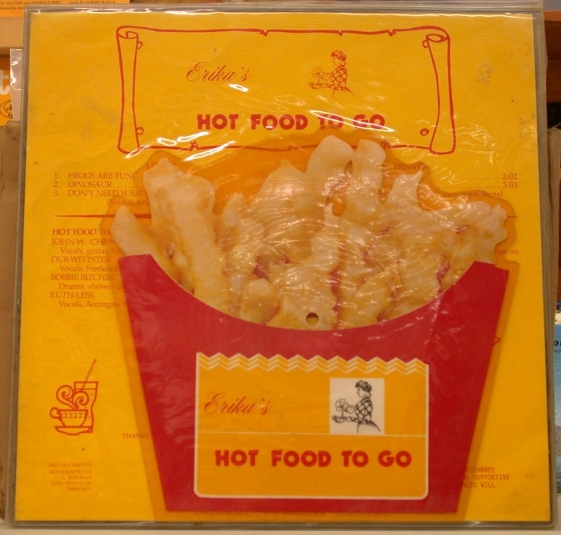
Erika’s Hot Food to Go
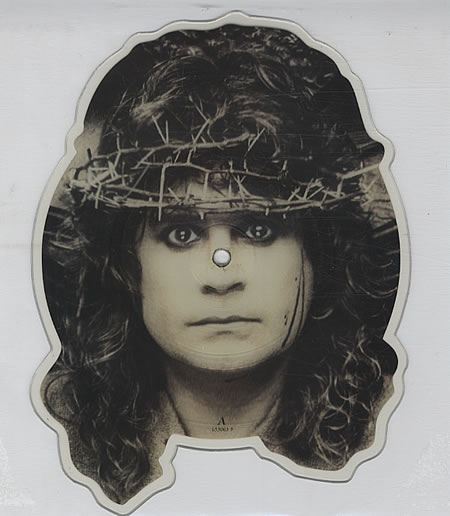
Ozzy Osbourne ‘Miracle Man’
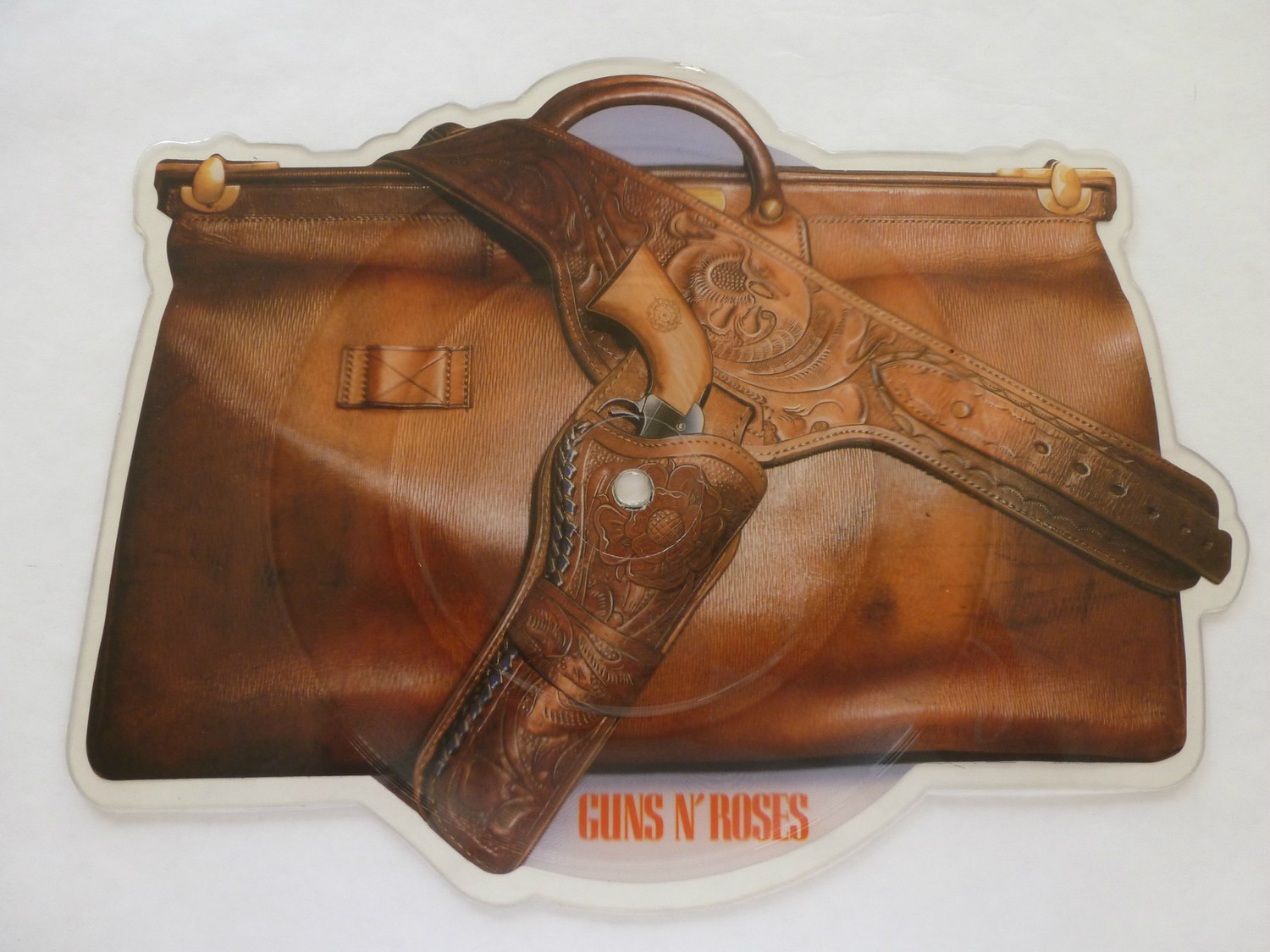
Guns n’ Roses ‘Nightrain’
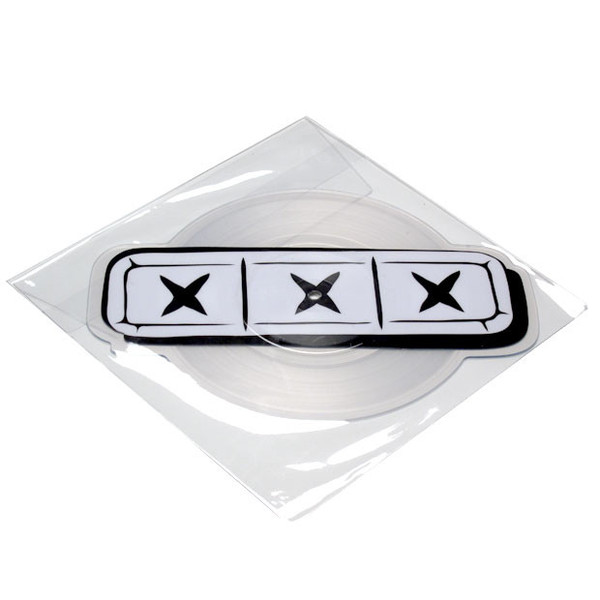
Danny Brown ‘The OD’
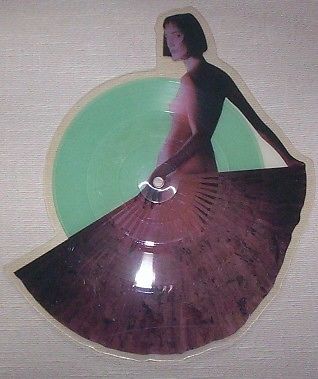
Malcom McLaren ‘Madame Butterfly’
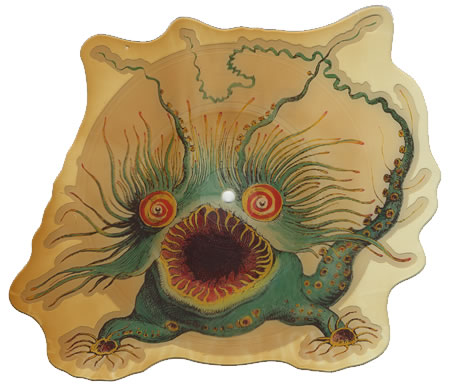
Queen ‘I’m Going Slightly Mad’

Lord Finesse ‘E-mu EP’
_________________
One of Afro-Peruvian artist William Cordova’s recent sculptures, “Greatest Hits (para Micaela Bastidas, Tom Wilson y Anna Mae Aquash),” is a 13-foot tower of 3,000 stacked records accented with pieces of broken discs. Inspired by historical movements such as Dada and Arte Povera, Cordova created the tower to recognize those who have been overlooked in mainstream music. He wanted the piece to acknowledge past artists who added to the genre even if they had not produced a “greatest hit.”
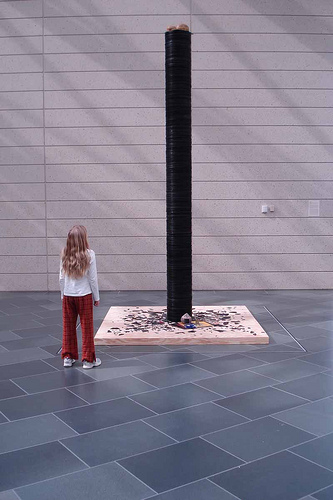
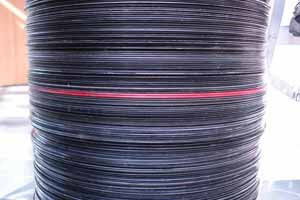
_______________
New five pound note plays vinyl records
_______________
Rutherford Chang has a unique vinyl collection. He only collects the Beatles first pressing of The White Album. I interviewed him: Q: Did you grow up in a house of Beatles fans? When did you first hear about the Beatles? and about the white album? A: My parents are from Taiwan and didn’t listen to the Beatles, so I didn’t grow up with the music. I bought my first White Album at a garage sale in Palo Alto for $1 when I was 15 years old. Q: So how did you get familiar with the Beatles? A: They are the biggest band. Q: Are you a vinyl collector? A: Yes, I collect White Albums. Q: Do you collect anything other than that? A: I own some vinyl and occasionally buy other albums, but nothing in multiples like the White Album. Q: Why just White Album? why not Abbey road? or Rubber Soul? A: The White Album has the best cover. I have a few copies of Abbey Road and Rubber Soul, but I keep those in my “junk bin”. Q: Why do you find it so great? It’s a white, blank cover. Q: Are you a minimalist? A: I’m most interested in the albums as objects and observing how they have aged. So for me, a Beatles album with an all white cover is perfect. Q: Do you care about the album’s condition? A: I collect numbered copies of the White Album in any condition. In fact I often find the “poorer” condition albums more interesting.
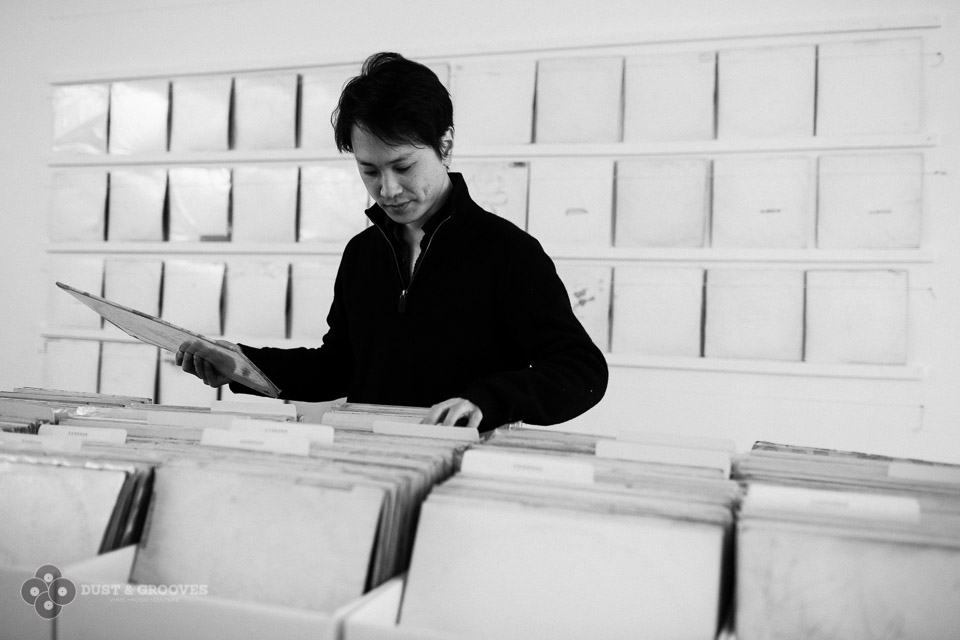
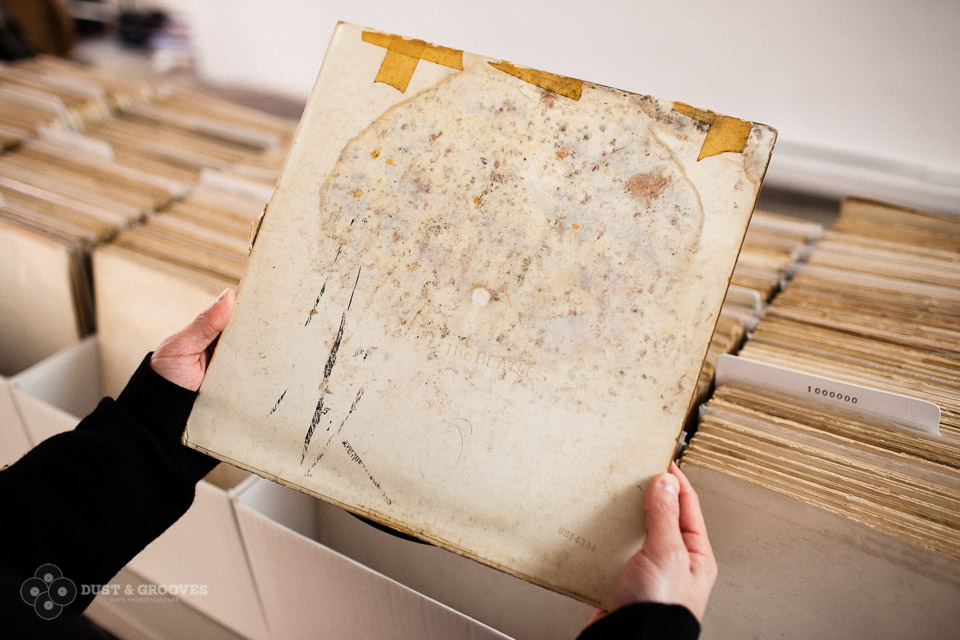
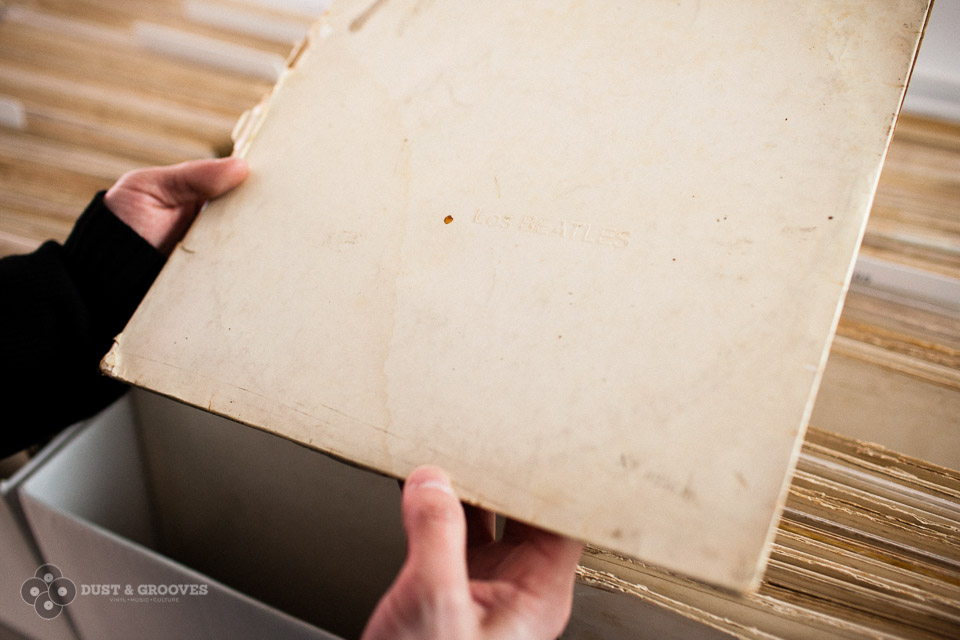
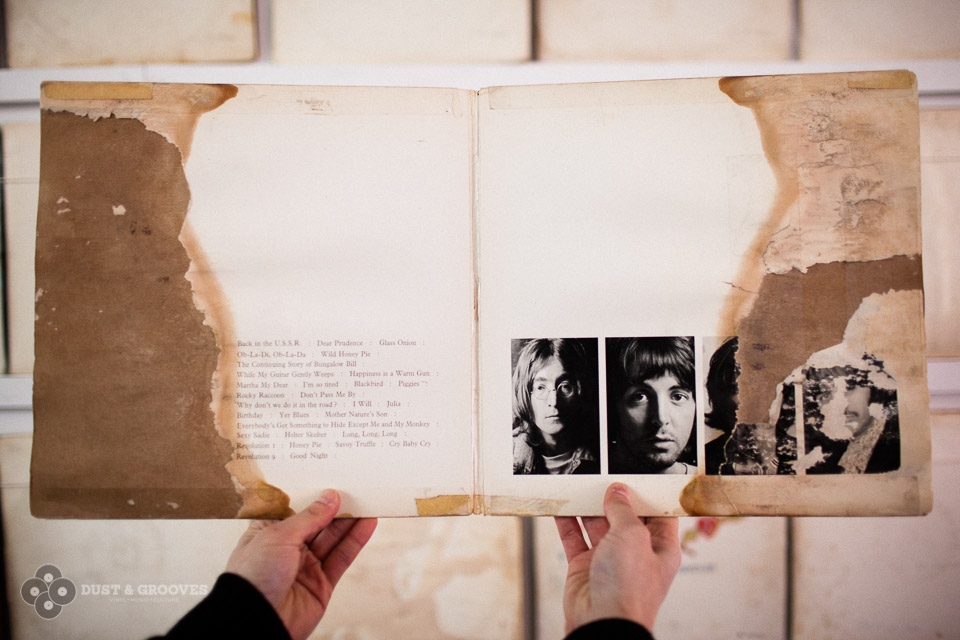

____________
50 Locked Grooves by Audio-Visual artist Haroon Mirza made from cardboard, tape, glass amongst other things. Double pack contains 2 identical 12″s designed to be played together. Play any loop with any loop to unlock the music inside.
___________
Aphrodisiacal record
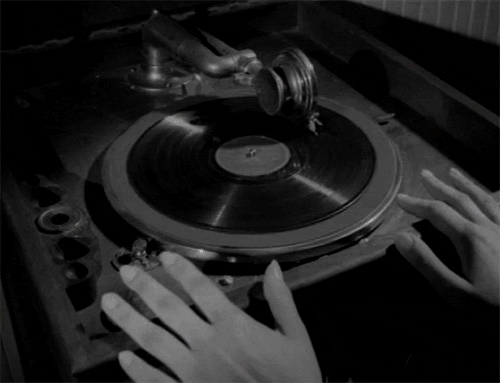
______________
In Dario Robleto’s ‘Sometimes Billie Is All That Holds Me Together’ (1998), several new buttons were crafted from melted Billie Holiday records to replace missing buttons on found, abandoned or thrift store clothing. After the discarded clothing was made whole again, it was re-donated to the thrift stores or placed back where it was originally found.

______________
C.C. Records (2013), an installation work by Duto Hardono is inspired by the city of Cairo & the most popular icon at the moment General Abdel Fattah Sisi himself, hence the title–if you’re an Egyptian, you might get it–the work stands as a satire comedy of the recent political life & situation of the country. The audiences create their own combination of the broken-into-half C-shaped Egyptian records & make their own mix of composition. Sometimes it creates a unique locked grooves that plays a loop over & over again. The audiences also choose their own speed whether it’s a 45 or 33 revolution per minute.
______________
For ‘Years, artist Bartholomaus Traubeck fashions a slice of tree trunk into the form of a vinyl record, with the tree-trunk’s rings resembling the spiral groove of the now-outdated audio format. Using a record player with a special sensor, computer software is used to translate the trunk rings into notes and then “play” them as melodies.

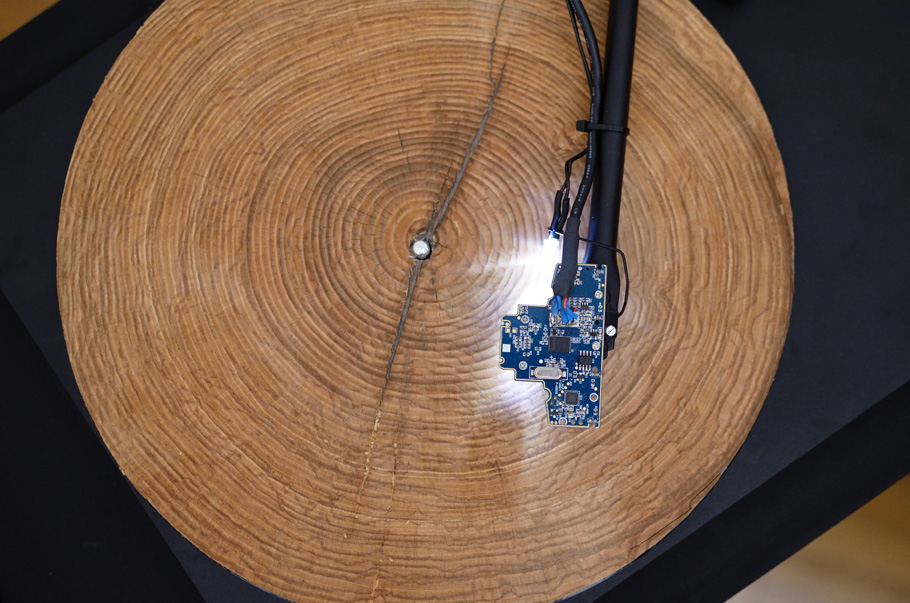
_______________
Making a comment on Christian Marclay ‘Record Without a Cover’ João Paulo Feliciano, together with the Serralves Museum of Contemporary Art, is releasing ‘Cover without a Record’. The object, a gate-fold album cover, is produced on a standard record plant on edition of 1000 copies.

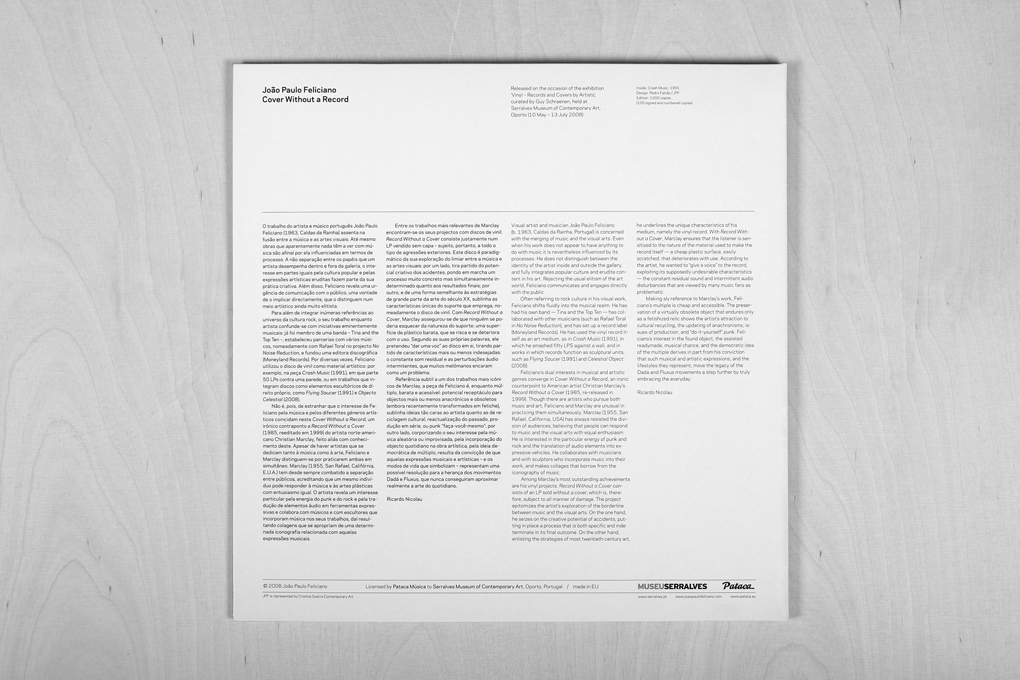
*
p.s. Hey. I’m away from the blog today doing my IRL thing in the city of Rennes. Here’s a rerun post from the early days of this latest incarnation of my blog. Please enjoy or re-enjoy.




 Now available in North America
Now available in North America 
I finally bought a turntable two months ago and it’s one of the best purchases I have ever made. I would be too scared to play a chocolate made vinyl on it for fear of damaging one or the other, but it’s a nice idea and a funny consumptive comment. It’s nice to be dropping in today – I’m a little ill, but aren’t we all? Audrey Szasz’s writing in the new Amphetamine Sulphate newsletter is incredible. I have a new chapbook coming out in August from Evan Isoline’s incredible pet project SELFFUCK which I’m really excited about. I bring it up specifically because it was some non-fiction comments on Frisk in it. I doubt that what I say about Frisk is explicitly intentional (it links with Donna Haraway’s academic ideas of the double-capture of the camera and the gun) but, hey, it’s there, so thanks for providing some of the inspiration that seeps its own way into the work. Funnily and coincidentally, ‘Closer’ was a big influence on Inside the Castle and ‘Frisk’ is making a very literal appearance in Circles. Funny. I’ve been interested in overt references ever since Pynchon’s obsessive and masterful cataloguing in Bleeding Edge, which is actually a very James Champagne-style book….. and then I’ve also done 21 pages of writing on Closer as a material historical object in my personal life for History at university, curiously. I wrote a little about the Cycle overall and about the fact that me and my ex-man both annotated the text, and how this operates as a form of dual recording between not just the author and the reader but between three, maybe even four individuals. That Evan Holmes record piece in the above passage reminded me of The Marbled Swarm. Other news on my end, other than illness and sickness… have started teaching theatre regularly as my main employment gig. It’s good but I need to drop it as soon as I can, I think it might result in a loss of genuine and self-interested theatrical creativity? I can see that in all the older teachers. I’ll keep with it until the end of 2020 at least.
J
I used to stare at my 45 player running this for hours.
The husband and I have completed a book which will be available on Kindle in about a week. It’s called “Photo Ops” and consists of pictures I’ve taken of sundry notables over the years with brief accompanying texts.
https://rdc.reed.edu/c/artbooks/home/ashbery
Her It is! Ripe for a “Welcome To the World”